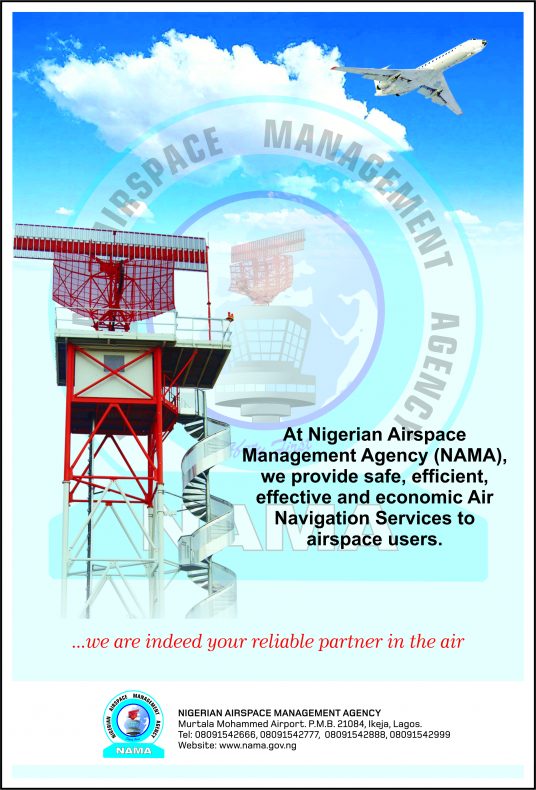
The Director General of the Nigerian Meteorological Agency (NiMet), Professor Charles Anosike, reaffirmed the agency’s commitment. He emphasized strengthened weather hazard early warnings to combat climate risks. Speaking at a flood management meeting in Abuja, he highlighted interagency cooperation. The meeting was convened by the Secretary to the Government of the Federation, Senator George Akume.
Represented by Permanent Secretary Dr. Maurice Mbaeri, the forum addressed flood prevention strategies. Professor Anosike detailed NiMet’s upgraded forecasting capabilities using satellite technology. The agency recently deployed the high-resolution MeteoSat Third Generation Satellite system. This advancement enables precise rainfall predictions and flood risk assessments nationwide.
NiMet maintains observation stations across all 36 states. It also runs forecasting centers in strategic locations. The agency provides daily, weekly, and seasonal weather outlooks. These include heavy rainfall alerts and flash flood risk maps. Professor Anosike stressed that weather hazard early warnings save lives and property.
The seasonal climate prediction remains NiMet’s flagship product. It guides farmers, policymakers, and disaster managers annually. Quarterly drought and flood bulletins further support risk mitigation. Three-day impact-based forecasts help communities prepare for extreme weather. Urban flood-prone areas receive special attention through monitoring systems.
NiMet collaborates with NIHSA, NEMA, and other agencies. This synergy strengthens Nigeria’s disaster response framework. Professor Anosike announced plans for a national early warning system. The World Meteorological Organization supports this initiative. It will standardize risk knowledge and emergency communication protocols.
Flooding remains a major threat during rainy seasons. The 2023 House of Representatives resolutions prompted renewed action. State governments now receive customized weather advisories. Local councils use NiMet data for evacuation planning. The agency trains emergency workers on interpreting weather alerts.
Climate change intensifies weather extremes across Africa. Nigeria faces longer droughts and heavier rainfall periods. NiMet’s infrastructure upgrades address these challenges. Satellite imagery detects developing storms in real-time. Automated weather stations transmit data every 15 minutes.
Professor Anosike urged media organizations to amplify weather warnings. Timely public awareness reduces flood-related casualties. Mobile apps and radio broadcasts disseminate alerts nationwide. The agency verifies social media weather reports to curb misinformation.
The Abuja meeting concluded with action plans for flood-prone states. Niger, Kogi, and Anambra top the 2025 risk index. NiMet will install river gauges at critical floodpoints. Hydrologists will monitor water levels continuously during rains.
Investment in weather technology yields economic benefits. Accurate forecasts protect agricultural output worth billions. Airlines use NiMet data for safer flight operations. Insurance firms adjust premiums based on risk projections.
The national early warning framework enters testing next month. Pilot states will evaluate alert response mechanisms. Stakeholders praised NiMet’s proactive approach to climate threats. Weather hazard early warnings form Nigeria’s frontline defense against disasters.
Transitioning to impact-based forecasting requires sustained funding. The 2025 budget allocates resources for sensor network expansion. State governments will contribute to maintenance costs. Donor agencies support capacity building for forecasters.
Climate scientists warn of more extreme weather ahead. Rising temperatures alter traditional rainfall patterns globally. NiMet’s modeling systems now incorporate climate change variables. This improves long-term prediction accuracy for policymakers.
Disaster managers emphasize the human cost of delayed warnings. The 2022 floods displaced over 1.4 million Nigerians. Improved forecasting could have reduced casualties significantly. NiMet’s upgrades aim to prevent similar tragedies.
The agency partners with universities on research initiatives. Meteorology students access real-time weather data for studies. This fosters homegrown expertise in climate science. International collaborations bring cutting-edge technology to Nigeria.
Looking ahead, NiMet plans automated weather stations in all LGAs. Satellite-derived rainfall estimates will complement ground observations. Artificial intelligence will enhance prediction models by 2026. These steps solidify Nigeria’s climate resilience efforts.
Public engagement remains crucial for warning system effectiveness. NiMet conducts annual community preparedness workshops. Traditional rulers help disseminate alerts in rural areas. Multilingual broadcasts ensure inclusive message delivery.
The weather agency continues to modernize its operations. New Doppler radars will track storms across border regions. Early lightning detection systems protect outdoor workers. These investments position Nigeria as a regional leader in meteorology.
As climate risks grow, so does NiMet’s responsibility. The agency remains committed to saving lives through science. Its weather hazard early warnings represent hope for vulnerable communities. Together with partners, Nigeria builds a weather-ready nation.
The coming rainy season will test new systems rigorously. All stakeholders must play their roles effectively. From forecasters to first responders, teamwork saves lives. NiMet stands ready to lead this critical mission.





















